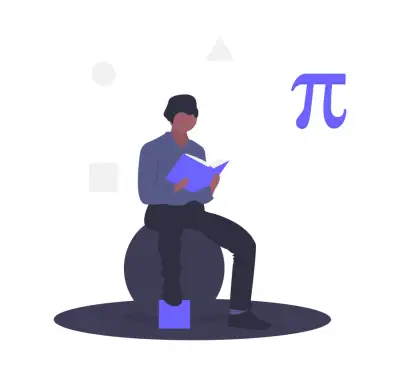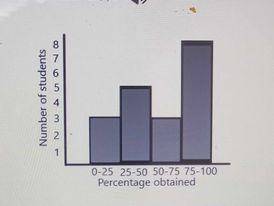Let the number of white balls be n
The number of red balls = 8
Now, the probability of drawing a white ball = \(\frac {n}{n + 8}\)
The probability of drawing a red ball = \(\frac {8}{n + 8}\)
Since Pr(White ball) = \(\frac{1}{2}\) x Pr(Red ball)
\(\therefore \frac {n}{n + 8} = \frac {1}{2}\times \frac {8}{n + 8}\)
= \(\frac {n}{n + 8} = \frac {4}{n + 8}\)
\(\therefore n = 4\)
Number of white balls = 4
The possible number of outcomes = n + 8 = 4 + 8 = 12
Pr(Red ball and White ball) = Pr(Red ball) x Pr(White ball)
Pr(Red ball) = \(\frac {8}{12}\)
Pr(Red ball) = \(\frac {4}{11}\)
Pr(Red ball and white ball) = \(\frac {8}{12} \times \frac {4}{11}\)
\(\therefore\)Pr(Red ball and white ball) = \(\frac {8}{33}\)

